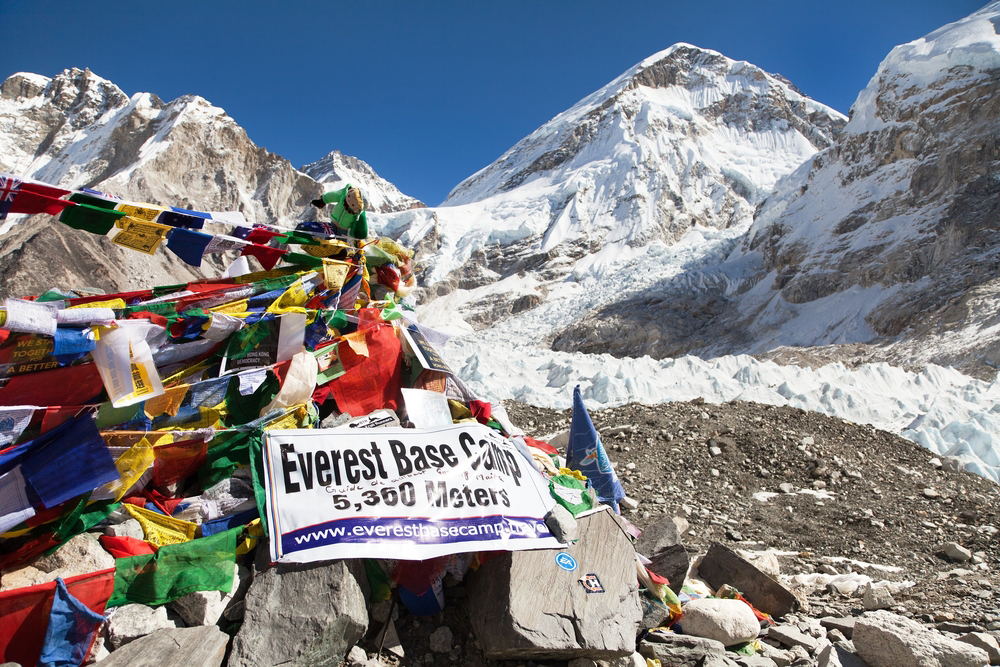Twenty one mountaineers have lost their lives this spring. The toll is much higher than that of previous years. Significantly, out of these 21 climbers, 12 were on an Everest expedition, four were climbing Makalu, three were scaling the Kanchenjunga and the rest of the victims had their eyes set on other peaks.
The reasons behind these mishaps are many. A large number of people seem to be climbing a peak at the same time. This year, 381 climbers had set out for the Everest via the South-East ridge in Nepal. The number would be much higher if expeditions to the North-East ridge in Tibet are taken into account. Of the 12 casualties, six climbers died as a result of exhaustion and another three died from altitude sickness. Human error, and not nature, is thus the cause of these deaths.
Mountaineering is a difficult sport. Mountaineers have to undergo tough training if they are to gain skills and experience. The slightest of mistakes can bring death. Expeditions to the Kanchenjunga or to Annapurna-I require the toughest of preparations.
Solitary climbers are at considerable risk. Mountaineering is a team sport wherein an understanding develops among climber-members over a long period of time. This sense of cooperation holds the key to mountaineering. The team leader keeps a close watch on the other members and can easily spot illnesses or other problems in his co-climbers. This monitoring is denied to the solitary climber.
Many factors
There is an additional factor. An Everest expedition is the mountaineers’ dream. They often risk climbing the peaks in their zest. Often, having raised finances for the expedition after considerable hardship, mountaineers cannot afford to give up on the opportunity in spite of their knowledge of the imminent dangers. Financial pressures can lead to risk-taking too.
There is a line of thought that argues that human congestion is causing accidents on the Everest. Over 300 climbers and sherpas were en route to the Everest through the South-East ridge on May 23. Only three of them died on that day. Among the dead were two women aged 52 and 54, respectively. Congestion, evidently, is not the only problem here.
So many mountaineers are attempting to scale the Everest on account of the alleged laxities among the agencies that are authorized to oversee the activity in Nepal. Mountaineering, incidentally, is a profitable enterprise as well as a source of foreign exchange. It has been alleged that climbers who lack adequate finances are not provided with experienced sherpas or the necessary gear by the owners of some agencies. An inexperienced guide may not be in a position to judge the risks and requirements. As a result, climbers begin their expeditions without the acclimatization process that is necessary for a summit attempt. It must, however, be pointed out that most of the sherpas provide invaluable service. Most agency owners are not willing to trade their credibility either. Yet, accidents happen. The onus to remain safe must be shared by climbers and their support staff.
We often read about tonnes of refuse left behind on the Everest by climbers. This is only partially true. It is mandatory for climbers to bring back the litter with them. Even human waste is carried down in drums as per rules. Experienced sherpas of the Sagarmatha Pollution Control Committee, employed by the Nepalese government at the Everest Base Camp, are vigilant about pollution. But it is also true that pollution does occur above the Base Camp.
Significantly, systems of pollution control are in place only for Everest. But the vigilance is lax in the other peaks where pollution is higher than that in the Everest.












